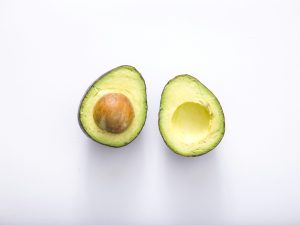Smart Hijabs: Moisture-Wicking Tech Meets Cultural Modesty
In recent years, the fashion industry has been taking note of the growing demand for clothing that serves both functional and cultural purposes. This is particularly evident in the rise of smart hijabs, which combine moisture-wicking technology with traditional designs to meet the needs of Muslim women. By acknowledging the importance of modesty in Islam, while also catering to the practical demands of an active lifestyle, smart hijabs have become a popular choice for women of all ages. In this article, we explore the evolution of smart hijabs, their features, and the impact they are having on the fashion industry.
The Evolution of Smart Hijabs
The concept of smart hijabs was born out of the need for practicality and comfort in traditional Islamic clothing. Traditionally, hijabs were made of heavy fabrics that lacked breathability and were not suitable for active lifestyles. As more and more Muslim women began to lead active lives, the demand for a hijab that could keep up with their activities grew.
The first smart hijab was introduced in 2015 by a company called Capsters, which created a line of sportswear specifically designed for Muslim women. The hijab was made of lightweight, stretchable fabric and featured a unique tie-back design that ensured a secure fit during physical activity. While the initial design was met with some skepticism, it paved the way for other companies to enter the market with their own versions of smart hijabs.
The Features of Smart Hijabs
So, what exactly makes a hijab “smart”? Smart hijabs are designed to address some of the common issues that Muslim women face when wearing traditional hijabs. They are made with moisture-wicking fabric, which is lightweight and breathable, making it comfortable to wear for extended periods. This fabric also helps to keep the wearer cool and dry, making it ideal for physical activities or hot climates.
In addition to the fabric, smart hijabs also feature a variety of convenient designs. Some hijabs come with built-in magnets or clips to ensure a secure and hassle-free fit. Others have adjustable straps, allowing the wearer to customize the tightness according to their preferences. Some smart hijabs also have pockets to hold small items like keys or phones, making them even more practical for everyday wear.
The Impact of Smart Hijabs
The popularity of smart hijabs has had a significant impact on the fashion industry. Prior to the introduction of smart hijabs, Muslim women often had to choose between adhering to their cultural and religious beliefs and participating in activities like sports or physical exercise. Now, with the availability of stylish and functional hijabs, women have more options when it comes to their wardrobe. This has also opened up new possibilities for fashion designers, who are now incorporating the smart hijab into their collections.
Moreover, the rise of smart hijabs has brought more representation and inclusivity to the fashion world. With Muslim women being one of the fastest-growing consumer groups globally, the fashion industry is starting to take notice and cater to their needs. This has also led to a more diverse range of models being featured in advertisements, showcasing the diversity and beauty of Muslim women.
In Conclusion
Smart hijabs have quickly become a staple in the wardrobes of Muslim women around the world. By combining practicality and fashion, they have not only addressed a significant need in the market but have also brought more representation and inclusivity to the fashion industry. As technology continues to advance, it will be exciting to see how smart hijabs evolve and become even more integrated into the fashion world.
With its ability to cater to both cultural and functional needs, the smart hijab is a symbol of the changing landscape of the fashion industry and its growing focus on diversity and inclusivity. As more and more companies continue to innovate and introduce new designs, it is clear that smart hijabs are here to stay and will continue to shape the fashion industry for years to come.











